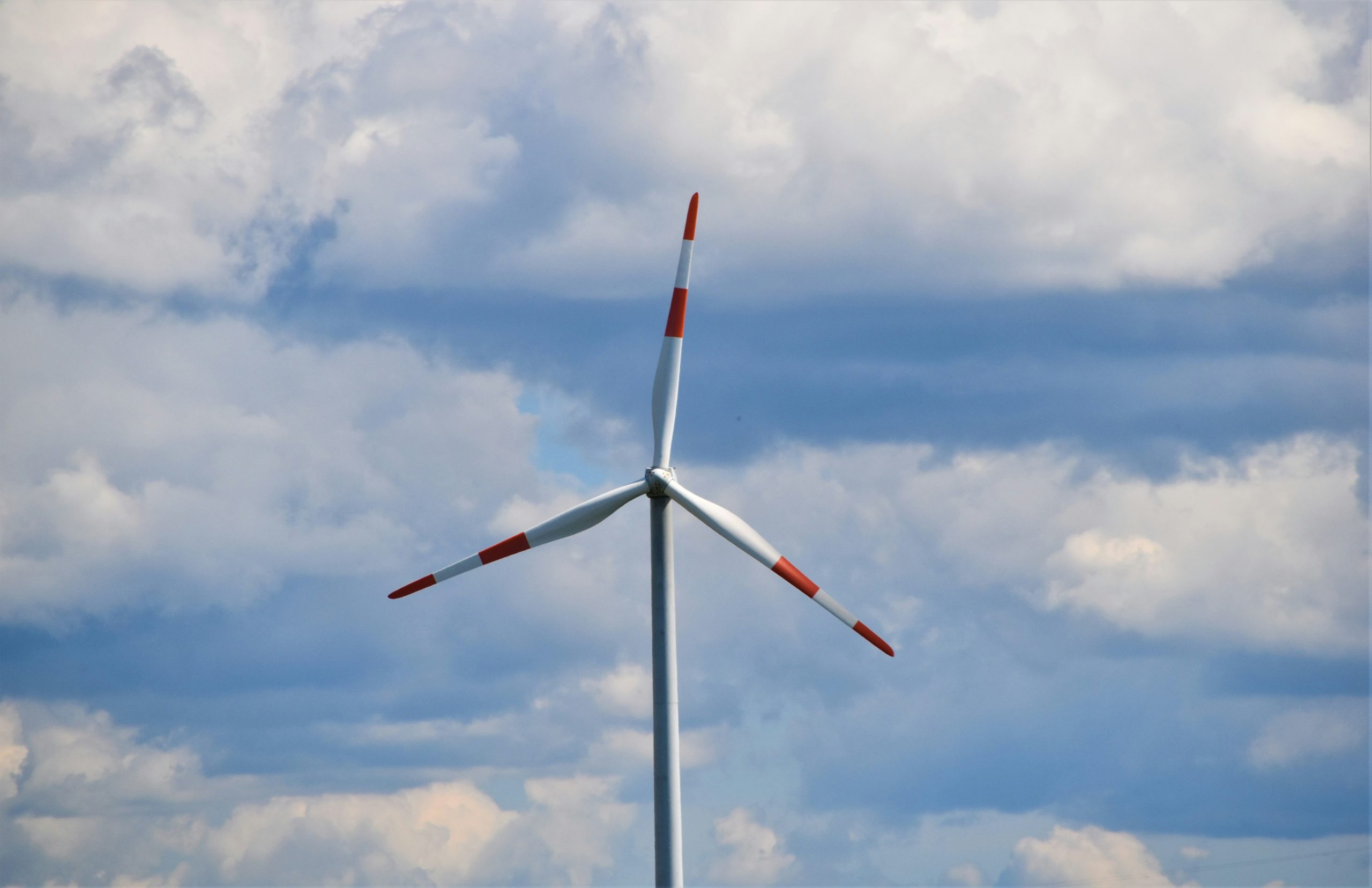To accelerate the deployment of renewable energy and improve wind energy’s competitiveness, Vestas continues to develop and optimise the products and solutions which offer to customers as well as expand partnerships with specialised partners in our supply chain. The ongoing integration of Vestas onshore and offshore business is a key part of this development, which it needs to address to ensure Vestas have an efficient operating model and manufacturing footprint. As part of this development, Vestas is today announcing steps to adjust our manufacturing footprint in Germany, Spain, and Denmark.
Specifically, these changes entail that Vestas intends to cease production at its factories in Lauchhammer, Germany; Viveiro, Spain and Esbjerg, Denmark. Vestas sustains a strong footprint and continues to supply onshore and offshore wind turbine components to our customers from 12 sites across Europe, combining facilities owned by Vestas and its supply chain partners. Additionally, Vestas’ Service business plays a vital role in our European footprint, which includes more than 19 GW under service in Germany, Spain and Denmark combined.
“Today’s fast-moving energy transition, rapid introduction of new products and recent integration of our onshore and offshore business require us to further mature and evolve our supply chain network and manufacturing footprint. While Vestas will sustain a strong footprint in Europe across manufacturing and service activities, it’s always hard to make decisions that negatively affect our good, hardworking colleagues at Vestas. I would like to emphasise that we are deeply committed to explore opportunities to relocate our colleagues, who unfortunately will be impacted by the cease of production at our factories in Lauchhammer, Viveiro and Esbjerg”, said Executive Vice President and COO Tommy Rahbek Nielsen.
Vestas’ factory in Lauchhammer, Germany has since it scaled down activities two years ago maintained manufacturing of a limited number of blades for the V117 and V136 turbines and currently employs approximately 460 people. Vestas expects to meet future customer needs for its V117 and V136 turbines with supply from its other blade factories across the world. The expectation is to finalise production in Lauchhammer by the end of 2021, while Vestas will explore opportunities to relocate employees currently working in Lauchhammer to other Vestas sites in Germany across manufacturing and service. With more than 15 GW of installed turbines, 11 GW under service and more than 2,500 employees as of August 2021, Vestas sustains its commitment to the German market and our established supply chain.
Vestas’ factory in Viveiro, Spain employs approximately 115 people who manufacture generators for the 2 MW onshore platform as well as control panels for the V164 offshore turbine for markets outside of Spain. Due to both the decrease in demand for the 2 MW platform and the need to optimise offshore manufacturing, it is no longer sustainable to continue activities in Viveiro. Based on current plans, Vestas expects to finalise production in Viveiro end of 2021 and will offer opportunities to relocate employees currently working in Viveiro to other Vestas sites in Spain. To mitigate the effects, Vestas will work hand in hand with both national and regional governments as well as with the social stakeholders. Spain remains a key market to Vestas, with more than 4.8 GW of installed turbines, 6 GW under service and more than 2,200 employees as of August 2021 including the blade factory in Daimiel, service operations and the headquarter for Vestas’ Mediterranean region.
Vestas’ factory in Esbjerg, Denmark employs approximately 75 people who manufacture power conversion modules for the V164 and V174 offshore turbines. As demand for these modules will gradually shift to markets primarily outside of Europe and be delivered via more localised manufacturing facilities, Vestas expects to conclude production of power conversion modules in Esbjerg during the first half of 2022. Vestas will explore opportunities to relocate employees currently working at the factory in Esbjerg to other Vestas sites in Denmark, and Denmark remains a core part of Vestas’ global footprint with more than 5,900 employees as of August 2021.
Where required by local law Vestas will now initiate legal proceedings and negotiations with worker’s representatives and the local work councils for all affected employees. As of August 2021, Vestas employs more than 29,000 globally across onshore and offshore activities. The total cost of this adjustment of Vestas’ manufacturing onshore and offshore footprint will depend on specifics related to e.g. the outcome of negotiations with work councils, sale of buildings and etc. As indicated in Vestas’ guidance for 2021, the total cost will be booked as special items related to the integration of the offshore business and will be recognised in the third quarter of 2021.
Source: Vestas
















